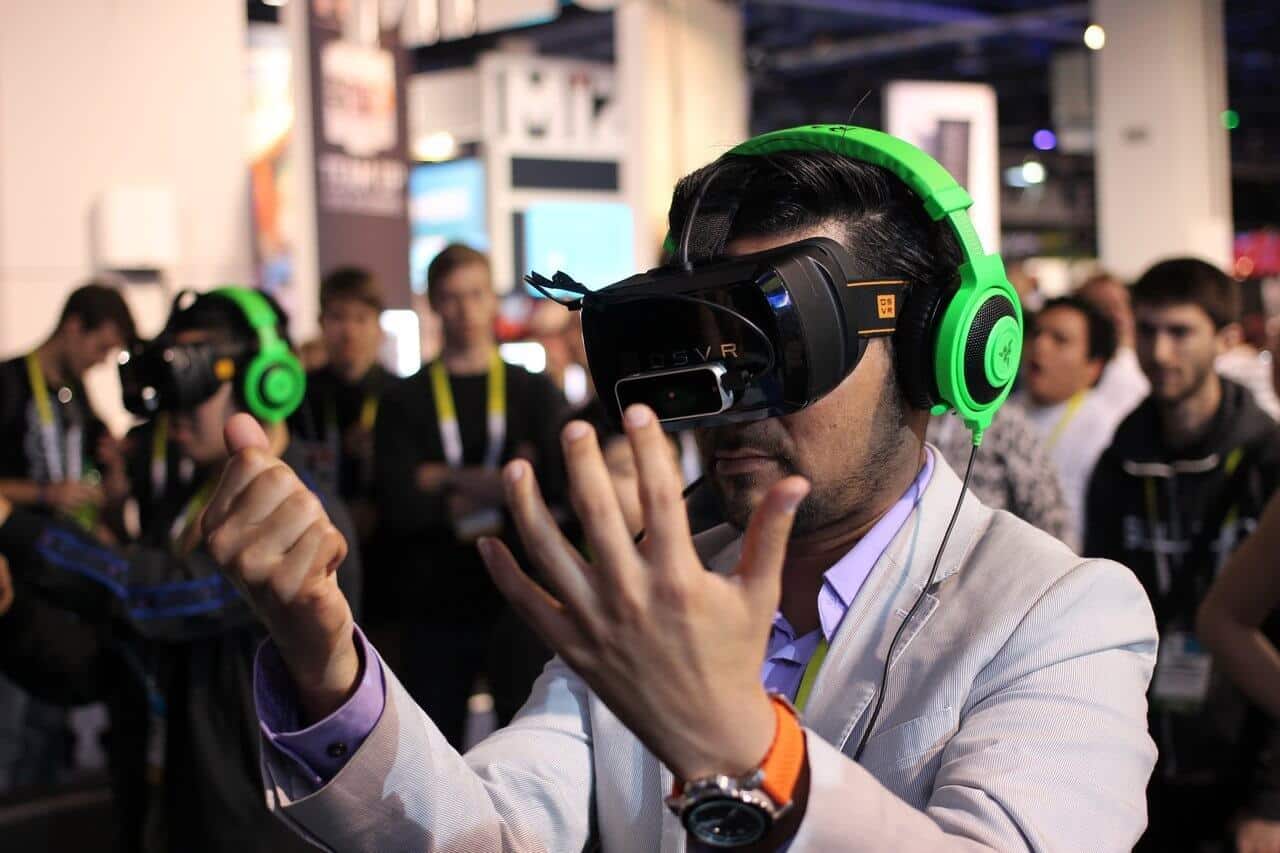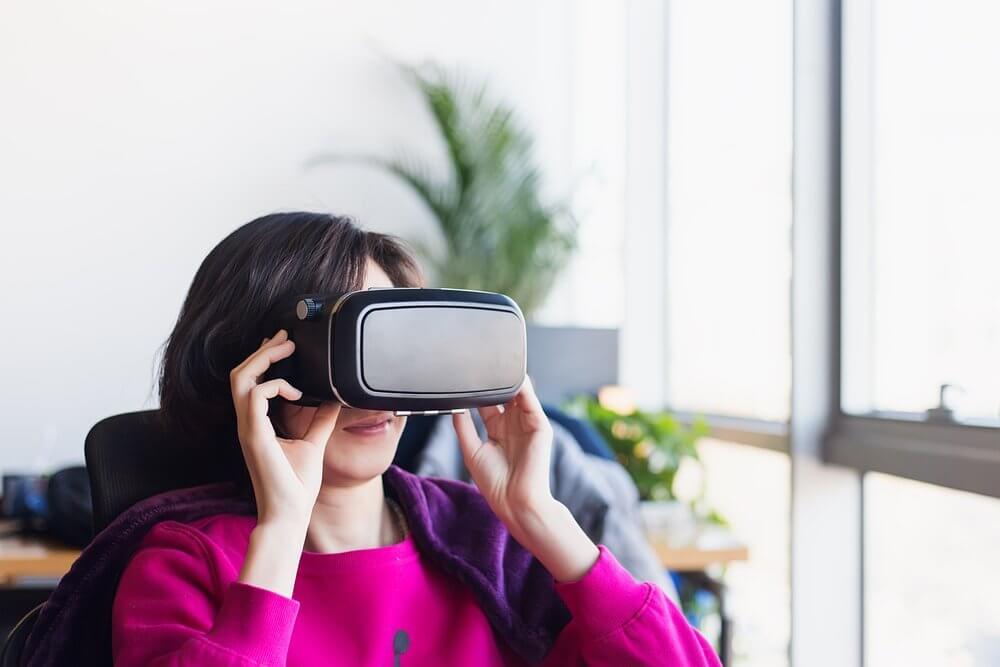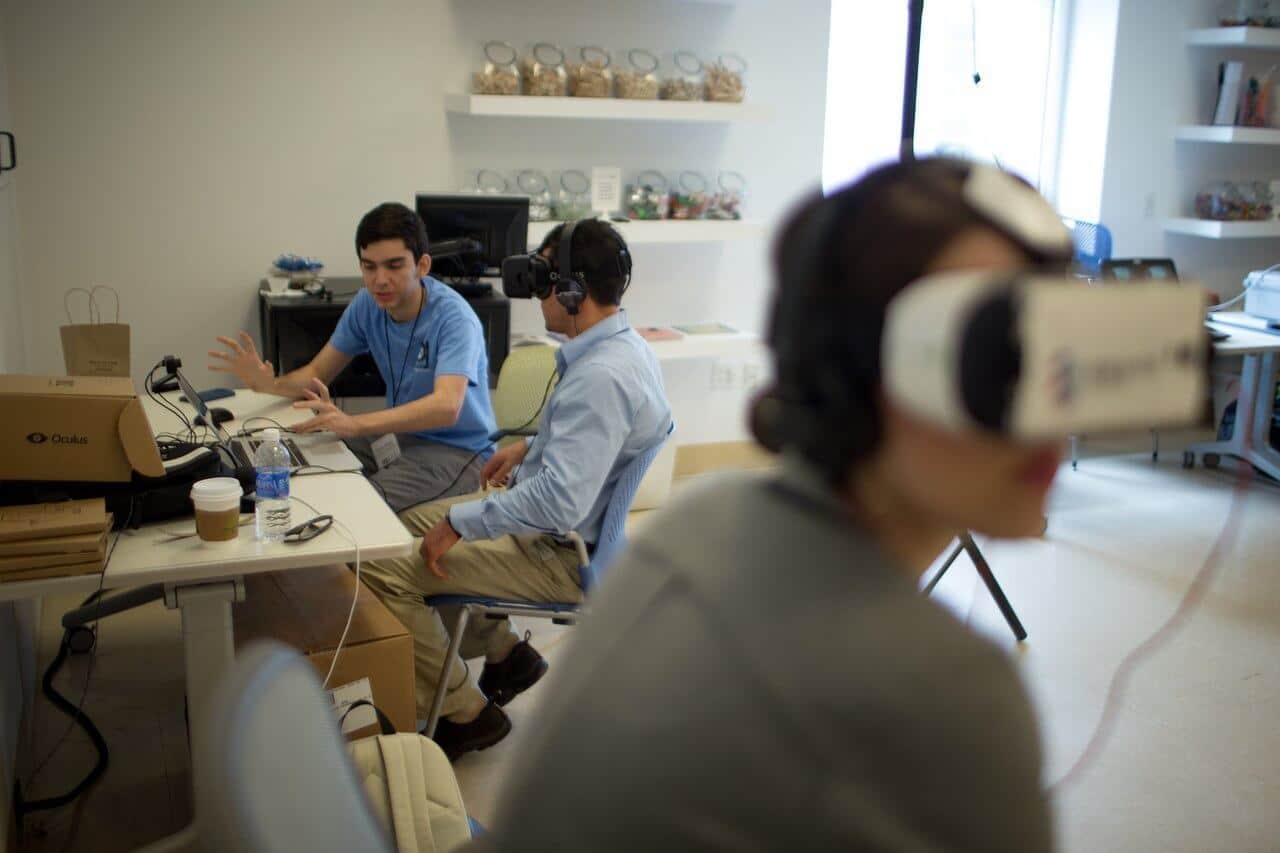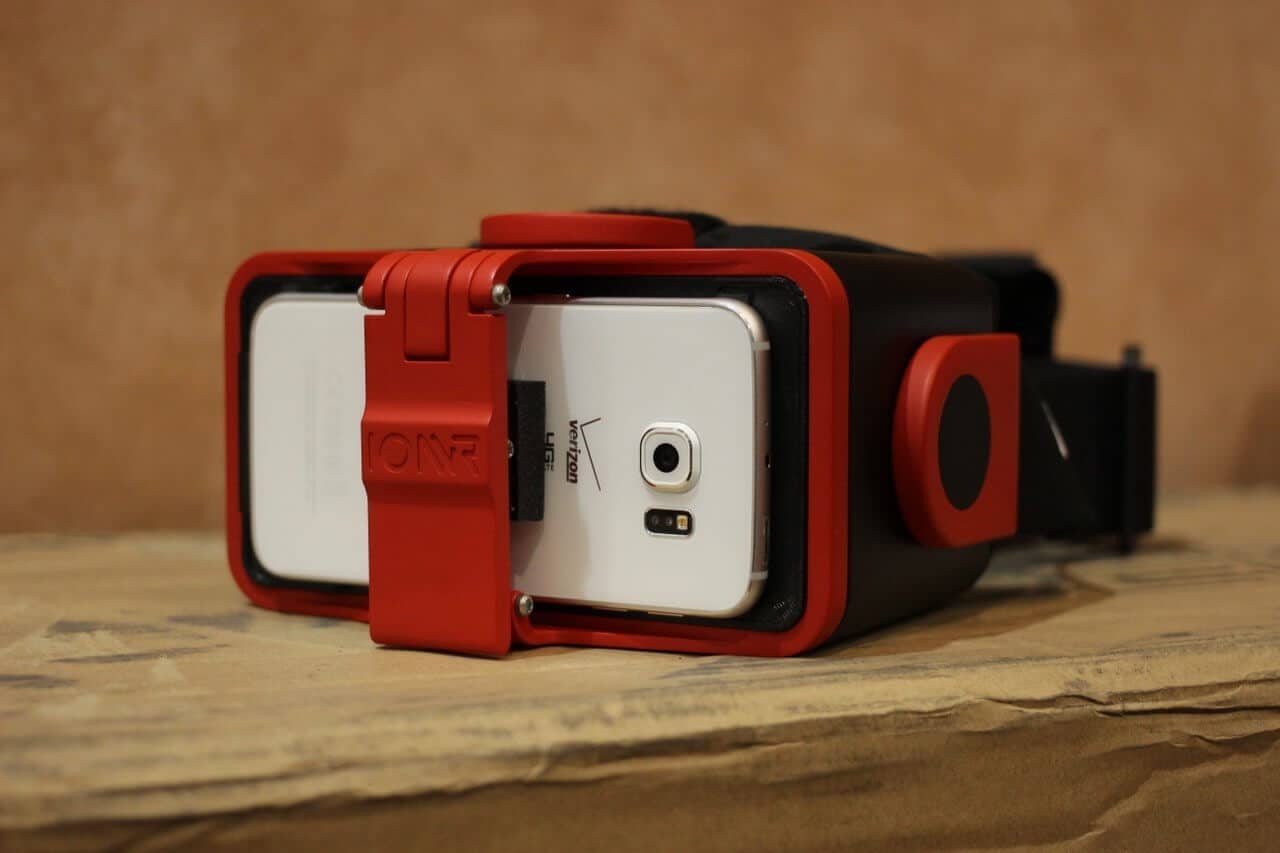How will virtual reality, AI, and robot technologies impact the workplace?


Virtual reality (VR), artificial intelligence (AI), and robot technologies are evolving quickly and impacting the facilities management industry. In this article, we take a look at the ways that effective facilities management teams can adopt these cutting edge technologies.
Virtual reality is quickly becoming commonplace in our society, with new enterprise and consumer applications being developed at a feverish pace. Even tech giants like Facebook, Google and Samsung have entered the VR market with their own consumer grade devices. So far, the technology has centered around immersive experiences for entertainment like video games and movies, but we’re now seeing VR used in healthcare, engineering, and other non-consumer based industries. Companies who can adopt the technology successfully will likely see positive changes—both small and large—in their offices and teams. Here’s a look at how VR will impact the modern workplace.
AI and robotics can help facility managers make more informed decisions and improve the efficiencies of their spaces. Though the technology is still fairly young, offices around the world have already begun to alter their organizational structures and daily operations. Some industries questioned whether AI would lead to the elimination of human jobs, but the reality is that while AI is eliminating some tasks within certain jobs, it is also creating new human positions designed to oversee the output of robotics and automated technologies.
Priorities that are top-of-mind for facility managers, such as employee satisfaction, team productivity, office wayfinding, and space utilization, may be affected by AI and robot technology. It’s the facility manager’s job to make sure the office meets the needs of all employees—and with AI and robotics, this is set to become easier than ever before.
Virtual Reality
Changes in physical space

Companies like MureVR are working on VR productivity applications for the workplace. These apps set offices in 3D space with features like virtual whiteboards and charts that teams can use. Companies that adopt these products may require fewer desks and monitors, which means more flexibility over how a space is designed. However, this depends on how the VR is implemented. If employees need additional controls or space to move around, the facility manager may need to allocate extra room to avoid potential accidents with staff bumping into each other or equipment.
New ways to collaborate

Since VR allows people to interact with objects and each other in 3D space, there’s an opportunity to provide more intuitive feedback for employees when collaborating with each other.
Teams can conduct meetings, interviews and conversations that feel more lively and personable compared to teleconferencing.
The introduction of 3D space with a new application ecosystem might even lead to new team structures and processes.
Increased remote work

HR and management positions can become more remote friendly, thanks to VR’s ability to preserve some of the benefits of working face to face, which are lost when communicating through a computer. More employees may opt to work remotely, though this is heavily dependent on how much the workplace has adopted VR technology, in addition to the company’s work policies and culture.
Office communications between remote workers also stand to benefit from the more immersive experience VR can offer. Designers, for example, can show their work as interactive 3D models without requiring a physical presence in the office.
Potential business risks

Virtual reality has the potential to drastically change how employees work and interact within a space, but adopting the technology comes with its own set of risks and considerations. Facility managers will have to be able to address issues in cybersecurity, usage policies, and personal safety in order to truly reap the benefits of having VR in their offices.
Buying into a specific ecosystem cam also pose a substantial financial risk—investing in VR headsets, infrastructure, and training for a team can be an expensive endeavor.
Furthermore, there are currently no definitive market leaders, and we’re already seeing licensing and compatibility issues between competitors. Facility managers will need to pay close attention to how the industry changes as VR companies develop their products and platforms.
The potential impact of virtual reality on the world is only just being realized. Many industries like real estate and construction are already preparing themselves for these technological changes—and more are following suit. Facility managers may find new and innovative ways to work with VR, but they’ll have to approach the issue with caution and create a plan for how they’ll implement VR in their offices in order to take full advantage of this new and exciting technology.
AI and robot technology
Improved staff experience
Efficiency and operations are popular topics when it comes to AI systems in facilities—but there is also an opportunity to use AI to create better experiences for staff in the workplace. Companies like Deloitte, for example, have used automation and AI technologies to improve their offices. In fact, the World Economic Forum called Deloitte’s headquarters one of the smartest and most environmentally sound facilities in the world. Featuring 28,000 sensors, the building has its own app to help staff find parking spots and control humidity and temperature from their smartphones. Other aspects of the building are fully automated; the bathrooms inform cleaning staff when they need maintenance, and robotic security guards patrol the facilities after business hours.
As these technologies are adopted by more workplaces, facility managers will be able to hand off certain tasks to AI, and use their time to oversee that overall operations are running smoothly. This will mean not only managing a team of humans, but incorporating AI and robotics into their workforce.
Facilities that think for themselves
Advances in AI have led to more sophisticated software. The availability of new technologies has led to partnerships that combine existing facilities management with AI systems. KONE, a global elevator manufacturer, partnered with IBM’s Watson, a supercomputer that combines AI with advanced analytical software, to form an intelligent “question-answering” machine.
Watson was a key driver in popularizing artificial intelligence in multiple industries—the machine even appeared on Jeopardy.
KONE implemented Watson to manage their network of escalators, elevators, and turnstiles across their buildings. The company is expecting to develop integrations that can gather valuable data to help with preordering elevators and increasing the efficiency of building evacuations. Facility managers can use this kind of AI technology as a tool to optimize their buildings. Facility-specific integrations may help perform tasks like automated deliveries or communicating directly with external contractors to schedule device maintenance. While people management, building planning, and equipment installation may still be primarily done by facility managers, AI can help use sophisticated data analysis to optimize building systems.
New data insights and reporting capabilities
Artificial systems are extremely effective at finding different patterns in data, especially when these data sets are larger than human comprehension. Facility managers can use AI to draw insights that would not have existed otherwise. When performing tasks like determining the timelines for a new maintenance project, facility managers can draw on intelligent systems to improve accuracy. AI data analysis is especially useful thanks to the Internet of Things (IoT), which allows facility managers to gather highly localized and versatile data from multiple sources throughout a facility. As workplaces become more connected, AI will be able to develop better reports on how office space and resources are being used.
Physical automation of everyday tasks
Facility automation has been around for a long time, but a key hurdle has been the automation of physical tasks like equipment management and cleaning. These tasks are still considered difficult for robots to do—but technologies like robot vacuums and warehouse shippers are starting to see an uptick in popularity. Robot systems designed for fine-motor tasks are still in their infancy, but are progressing rapidly. Forward thinking managers should expect specialized products for their facilities in the near future, which can help automate operations like moving furniture, painting walls, and even greeting guests.
AI and robotics form a basis for a new era of automation. Facility managers should take the time to research how AI can work with their existing systems before investing in new technologies. AI and robotics have the potential to dramatically change the way facilities are run, and those who understand the technology will be better prepared for adoption when new solutions become available.
Photos: xiaochuan / Shutterstock.com, Gabriel Cristóver Pérez, Maurizio Pesce, KaboomPics, Maurizio Pesce


